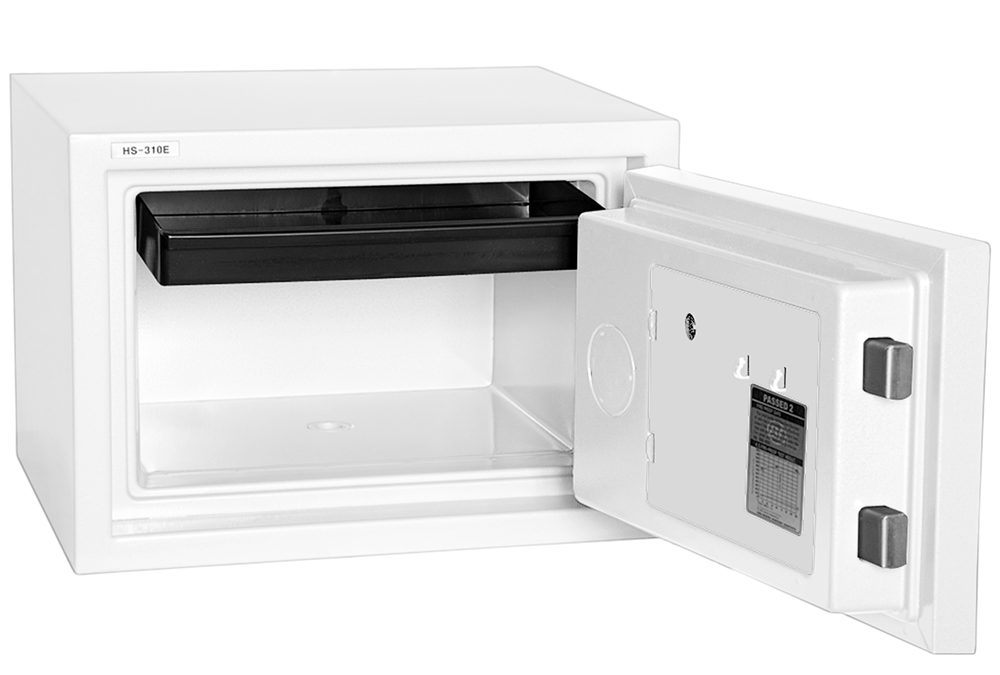While there could be several reasons that you can no longer access your safe, dead batteries in a digital safe can especially be a nuisance, but you’ll have to remember they’re usually nothing more than that. To avoid any damage—especially if there is none—you’re better off leaving the work to a professional lock changing services like Allied Lock and Door Service Co. However, there are still a few steps you can take before ringing us up.
- Don’t panic
The first thing you don’t want to do when dealing with a busted safe or broken lock is panic. If you aren’t entirely sure what the problem is, don’t jump the gun by trying to pry your safe open. If anything, it won’t solve the problem and can cause more damage.
Low Battery Warning in Electronic Locks
Most digital safes, including brands like First Alert and Bulldog Vaults, feature an electronic lock with a low battery warning. This alert is crucial because it gives you enough time to replace the batteries before they are completely dead. If you’ve missed these warnings and now face a safe with dead batteries, it’s important to remember that electronic digital safe battery replacement is a straightforward process that you can often handle yourself.
- Check for other potential problems
Safe batteries last for about 2 years depending on how often you use your machine. If it’s been over 2 years and you haven’t changed your battery, you can expect that it’ll lose power at pretty much any moment. Before using your safe, remember to test out its functions. Higher-end electronic safes such as fire and burglary safes will usually indicate a dead battery through a series of longer beeps, whereas lower-end electronic safes won’t usually give you any warning other than no longer opening.
One thing you’ll want to look out for is whether your batteries might’ve died due to any other reason such as corrosion or water damage. If such is the case, you may be looking at a more expensive repair.
Specific Cases: Bunker Hill Security Digital Floor Safe and Gun Safe Battery Replacement
In cases of specific models, like the Bunker Hill Security Digital Floor Safe or various gun safes, the approach to a battery power issue might slightly vary. These safes are often designed with durability and security in mind, and a dead battery can be a common issue. Replacing the batteries in these safes, however, typically follows the same basic steps as other digital safes.
- Know what type of safe you have
Digital safes come in hundreds of different models but can be categorized according to three major types.
- Safe with key override: low-cost safes or ones purchased from a large retail outlet is likely to be this type of machine. Usually, they’ll also come with a spare key that can be used to unlock the safe should its digital lock fail or run out of batteries.
- Safe with batteries behind the keypad: these higher-end safes have batteries concealed behind their keypads that can usually be unlocked by removing screws or simply unlatching the display panel. These types of safes will usually indicate when the battery is low, which will give you ample time to replace them before they fizzle out.
- Safe with an emergency power supply: some digitally-operated safes will have an external battery supply on a point on the keypad. The actual battery is housed inside the safe and behind the door where it’s inaccessible when closed.
Understanding Your Safe’s Locking Mechanism
The locking mechanism of your safe, especially in electronic locks, is heavily dependent on battery power. Whether it’s a First Alert safe battery dead situation or a Bulldog Vaults battery dead scenario, understanding how your safe’s electronic lock operates is crucial. This knowledge will help you effectively address battery issues and ensure the continued security of your safe.
- Access the batteries in your safe
Replacing the batteries of a safe will depend on which type you have.
- Safe with key override: opening up a safe with an override key is fairly simple. Access the override lock, which is usually hidden behind a removable panel beside the keypad. Then, simply replace the battery pack behind the door.
- Safe with batteries behind the keypad: open the catch at the bottom of the keypad and place new batteries into the casing.
- Safe with an emergency power supply: without battery power, you can’t physically open this type of safe. To give your keypad enough power to be able to input your code, hold up a 9V battery (such as the ones you find in smoke detectors) to its connection points. Once open, you can simply replace the batteries in their casing.
- Contact an expert
If your safe is incredibly robust (as it should be), you may be better off contacting a locksmith service. Remember, safes can be locked shut and inaccessible for many other reasons, which your expert can diagnose better than you would on your own.
Maintaining Battery Power in Safes
To prevent future issues, regularly check the battery power of your safe. Electronic safes typically indicate when batteries are nearing their end, so heed any low battery warnings. Regular electronic lock maintenance, including timely electronic digital safe battery replacement, is key to avoiding unexpected lockouts.
Conclusion
Regardless of the issue preventing you from opening up your broken safe, we can provide you with professional locksmith services in Cincinnati – give us a call! If you are looking for a new or better quality home safe, start here.

